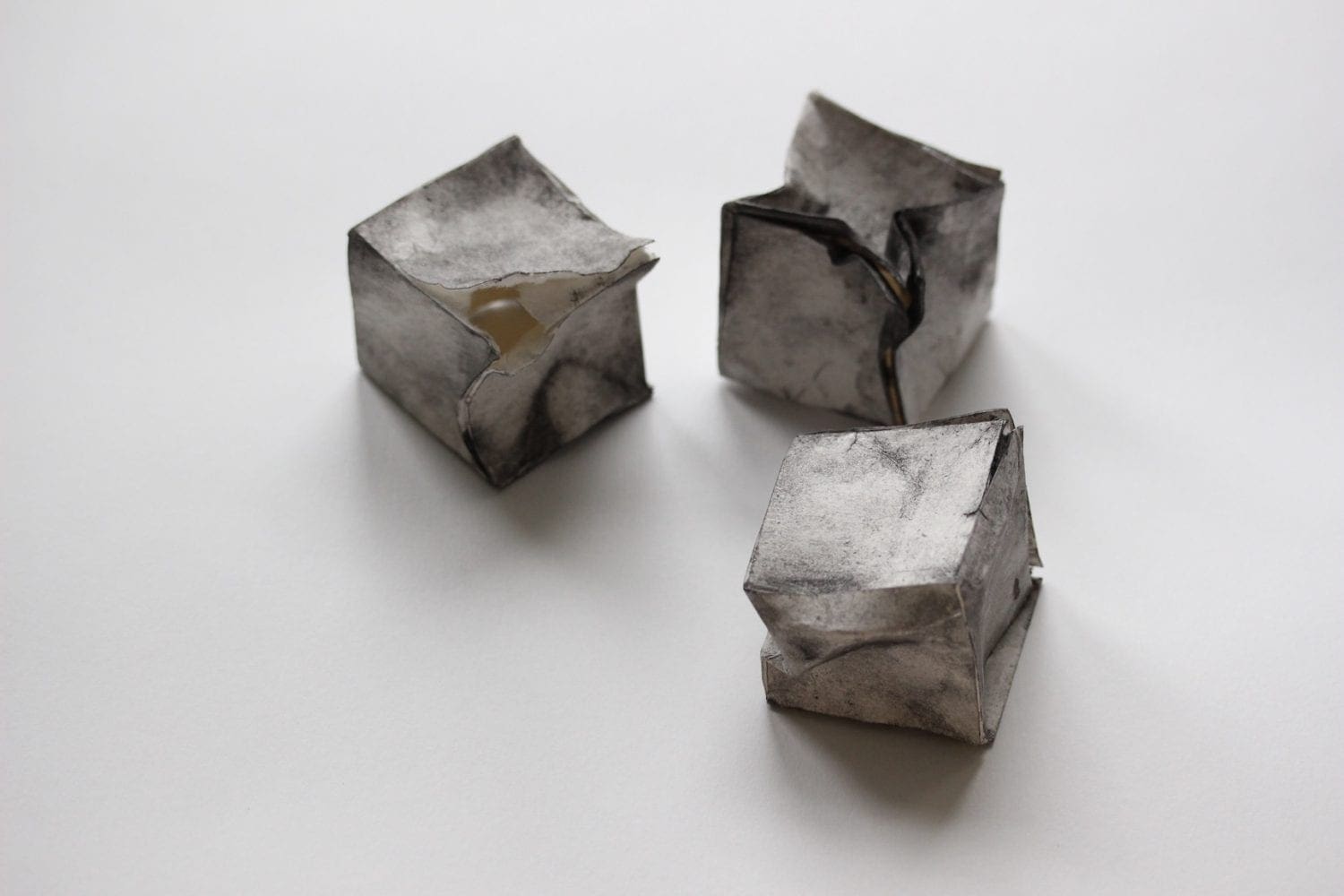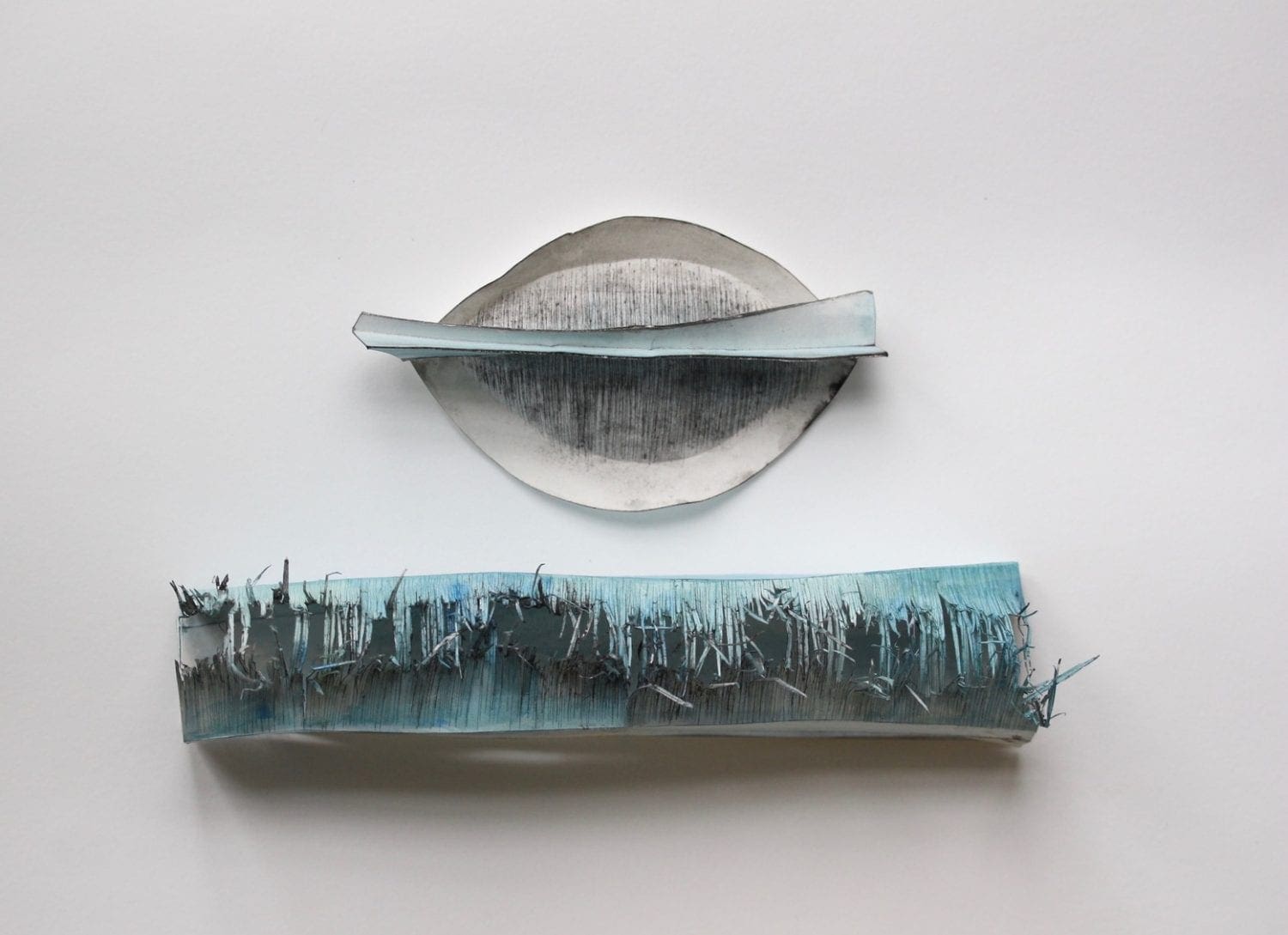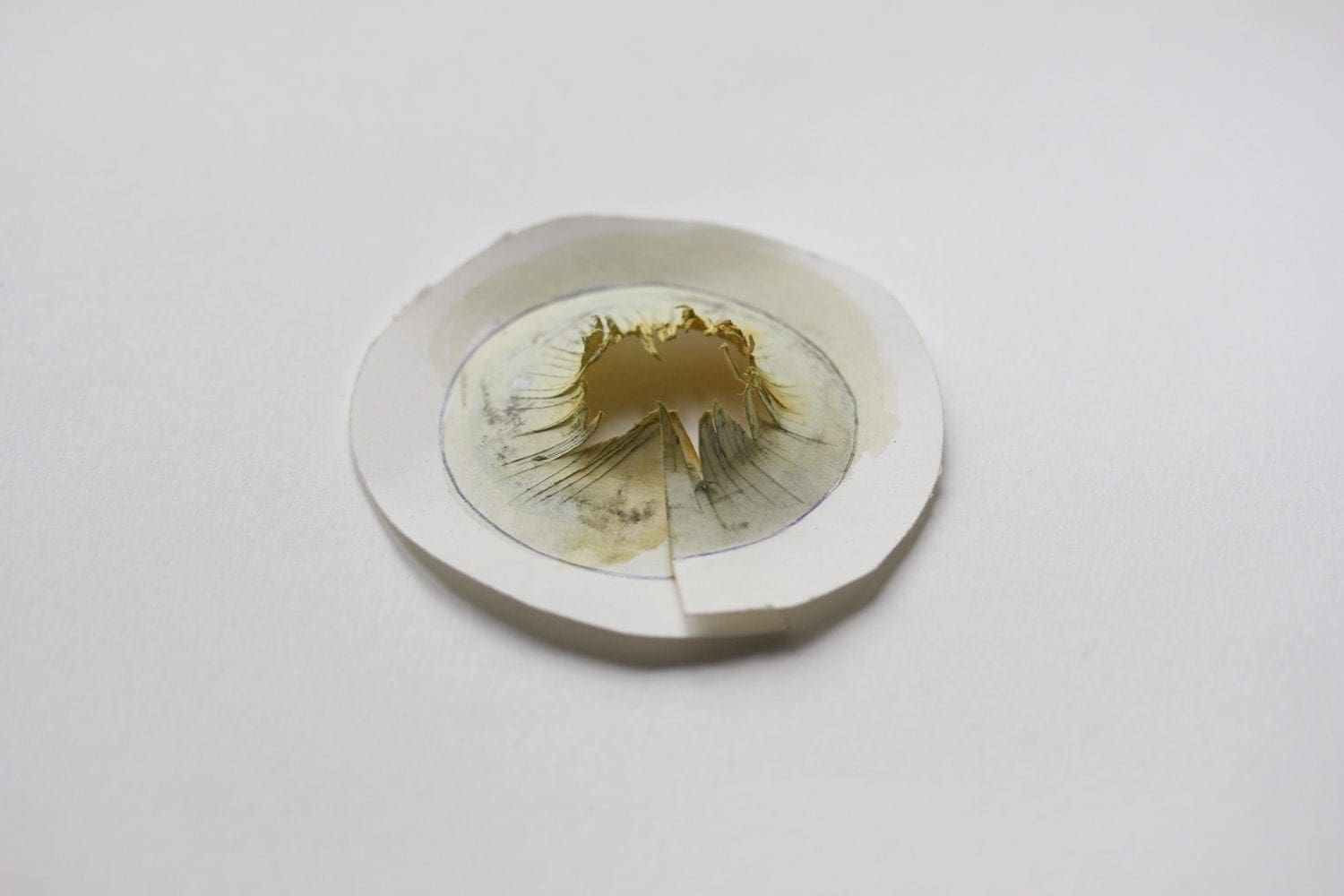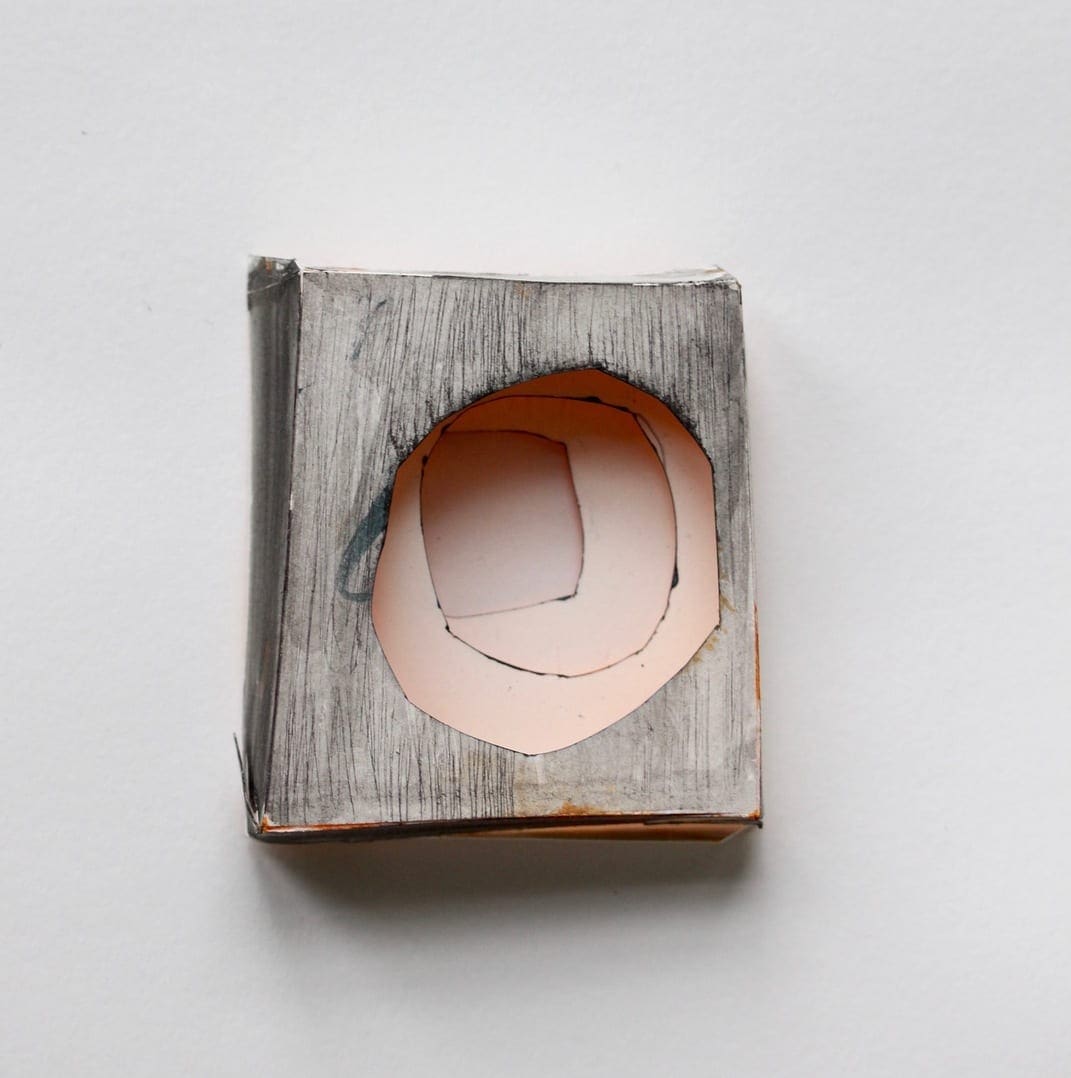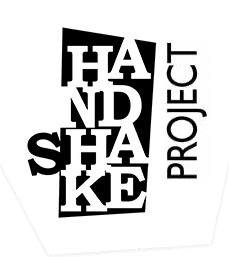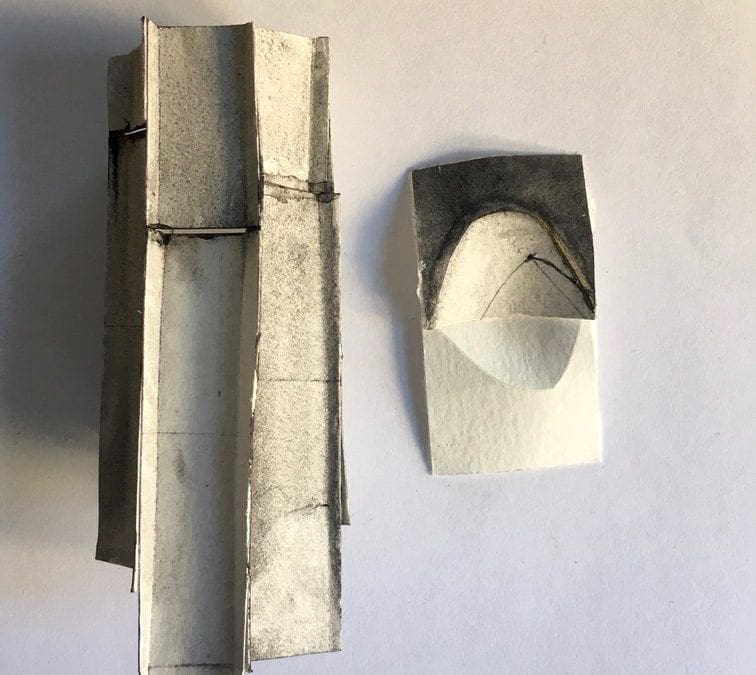Impermanence is a feature of everything that lives. All things, feelings and states pass away and are not permanent or graspable. Trying to hold onto material possessions, people, or experiences, knowing that life is moment to moment and constantly changing, can make us feel frustrated, angry or sad.
I am interested in ideas around impermanence and non-attachment. I want to examine non-attachment to material possessions, emotions, ideas and beliefs, attachment of artists to work made, attachment to jewellery owned and worn.
I have chosen paper as a material to express my ideas around impermanence and non-attachment because of its ephemeral nature. The jewellery will have a limited life-span. How will this affect the relationship the wearer has with the piece? Will it even be bought, knowing that it will be around for only a short while? At which point will it no longer be worn? When the piece starts showing signs of wear will its imperfectness be embraced or will it be discarded?
My mentor Manuel Vilhena suggested that when one makes work that sets out to invoke a certain feeling or idea, you could while making the work, do it from a state of that same feeling.
For me this means working with the intention of non-attachment. Non-attachment to opinions of others, non-attachment to the end result. This proved to be quite difficult. The critical voice in my head won’t let up… constant second guessing and doubting. Thinking it is not good enough and worrying about the critical eye of others. Often not being able to look at my own work objectively, judging myself harshly as I go along and still not trusting my own voice. Too concerned about the outcome instead of being able to enjoy the process.
To bring back the fun, Manuel proposed that I separate the making of the work from the judging. Most of my time should be spent just making and only at the end do I call in the “external consultant” so to speak, to look at the work critically. If in the meantime the judgemental voice comes up, I can tell it to go away and let it know that I will call upon it when it’s needed. This strategy is very helpful to me. It is going to take practice and discipline but is already keeping me more lighthearted and able to enjoy the play more.
Another idea that has popped up a few times in our conversations is that solutions or ideas should not be pursued like a problem to be overcome or to be solved, but rather seen as an investigation. I really like this. Rather than closing us down, it keeps our mind open to many possibilities.
I have continued the cutting into the paper. Sticking with this now vaguely familiar technique and exploring it further has provided some constancy, its repetitive motion some calm in what is a turbulent time.

